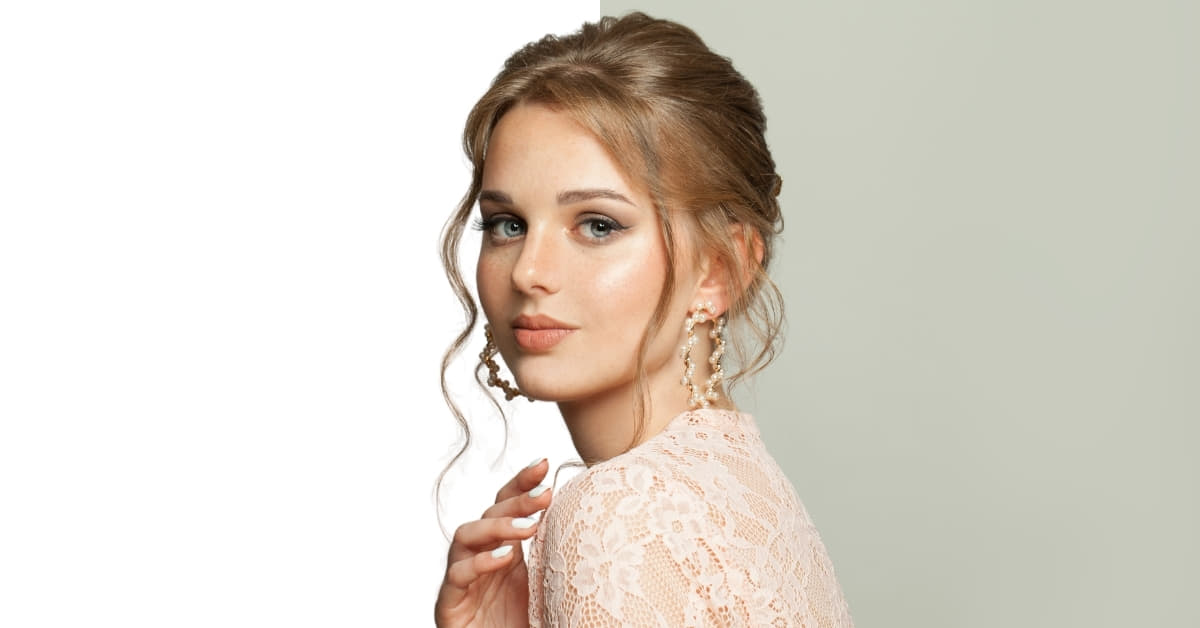In the ever-evolving realm of digital imaging and photo editing, one technique that has gained significant attention is hair masking. Whether you’re a professional photographer, graphic designer, or just someone looking to enhance their images, understanding the intricacies of hair masking can prove to be a valuable skill. This article will delve into the nuances of hair masking, shedding light on its significance, methods, and applications.
What is Hair Masking?
Hair masking is a sophisticated image editing technique primarily employed to separate and manipulate specific elements within an image, especially hair strands, with precision. It involves creating a mask that isolates the hair from the background, allowing for targeted adjustments without affecting the rest of the image.
Importance of Hair Masking
- Precision in Editing:
Hair masking enables precise editing of hair strands, allowing for adjustments in color, tone, and texture without impacting other elements in the image. - Enhanced Realism:
When incorporating a subject into a new background or scene, a well-executed hair mask ensures a seamless and realistic integration, avoiding the unnatural appearance often associated with sloppy cutouts. - Professional Photography:
Photographers use hair masking to refine images for commercial purposes, such as fashion shoots or product advertisements, where attention to detail is paramount.
Methods of Hair Masking
- Manual Hair Masking:
This method involves using tools like the pen tool or brush to manually outline and separate hair from the background. It requires a steady hand and meticulous attention to detail. - Color Range Masking:
Utilizing the color range tool, this method involves selecting and isolating specific color tones, making it effective for images with distinct color contrast between hair and the background. - Advanced Software Solutions:
Professional photo editing software like Adobe Photoshop offers automated tools and AI-powered features for more efficient and accurate hair masking.
Applications of Hair Masking
- Background Removal:
Hair masking facilitates the removal of backgrounds, allowing for a clean and polished look, whether for e-commerce product photos or artistic compositions. - Image Retouching:
It plays a crucial role in retouching portraits by refining hair details, adjusting colors, and enhancing overall image quality. - Creative Compositing:
Hair masking is vital for seamlessly blending subjects into new environments or creating imaginative compositions in graphic design.
FAQs
Can I perform hair masking without professional software?
While basic hair masking can be done with simpler tools, achieving intricate and professional results often requires the advanced features of professional photo editing software like Adobe Photoshop.
How long does it take to master hair masking techniques?
The learning curve for hair masking varies based on individual skills and the complexity of the images. Regular practice and tutorials can significantly speed up the learning process.
Are there any online tools for automated hair masking?
Yes, some online tools and apps claim to offer automated hair masking. However, for high-quality and precise results, it’s recommended to use professional photo editing software.
What is the difference between hair masking and background removal?
Hair masking is a subset of background removal. While background removal focuses on isolating the subject from its surroundings, hair masking specifically targets the intricate details of hair for more refined editing.
Conclusion
Mastering the art of hair masking is a valuable skill for anyone involved in image editing and photography. Whether you’re a professional seeking to enhance your portfolio or an enthusiast exploring the world of creative editing, understanding the techniques and applications of hair masking opens up a realm of possibilities for captivating and polished visuals.
This page was last edited on 27 February 2024, at 10:14 am
